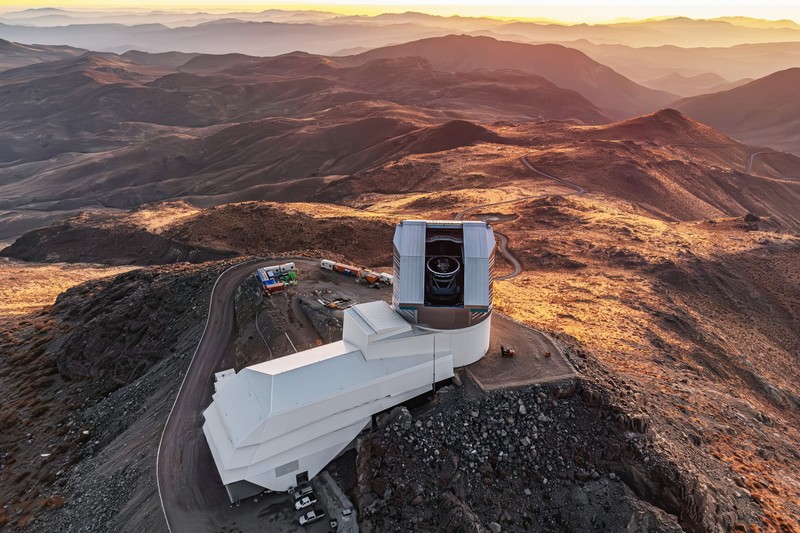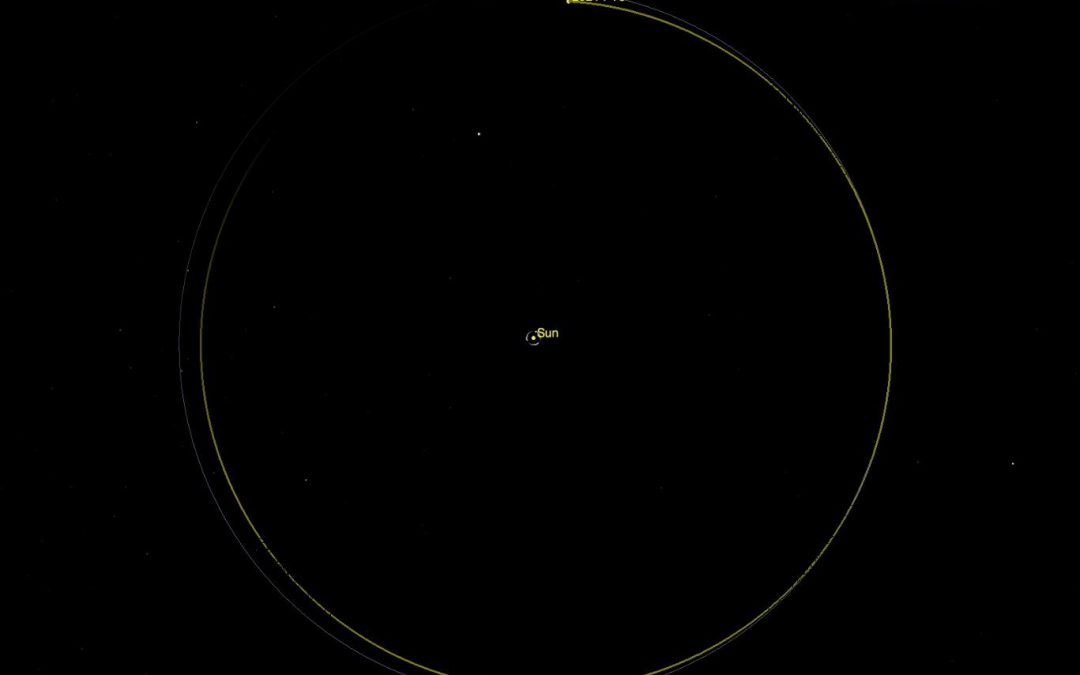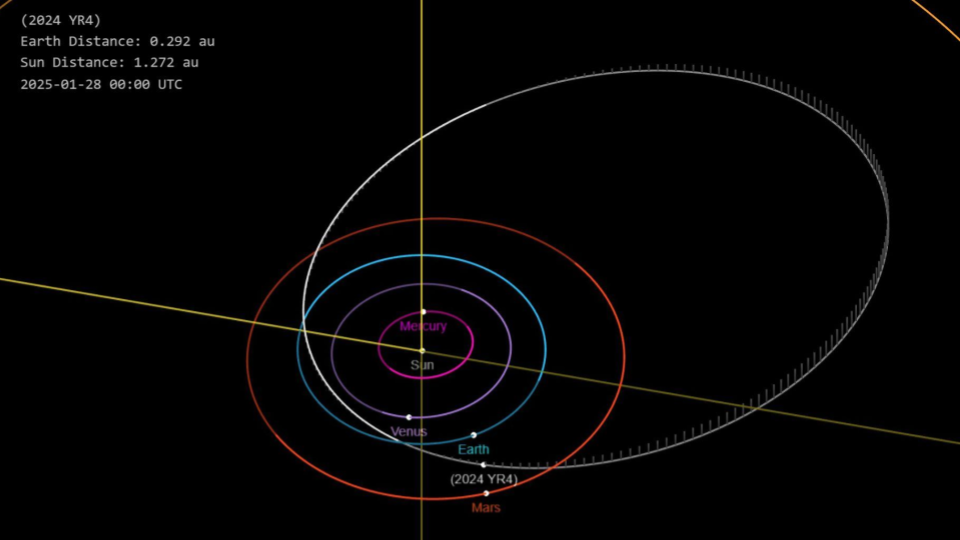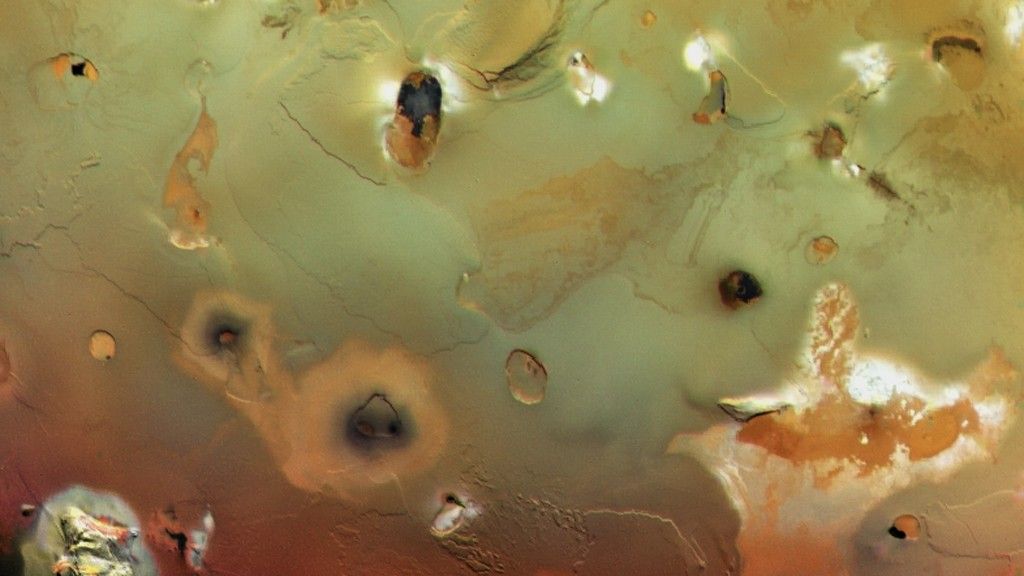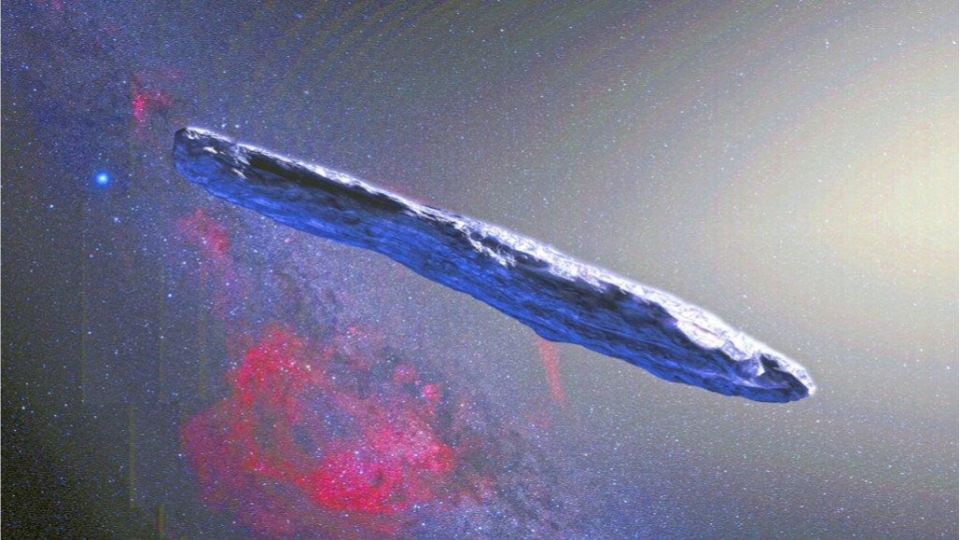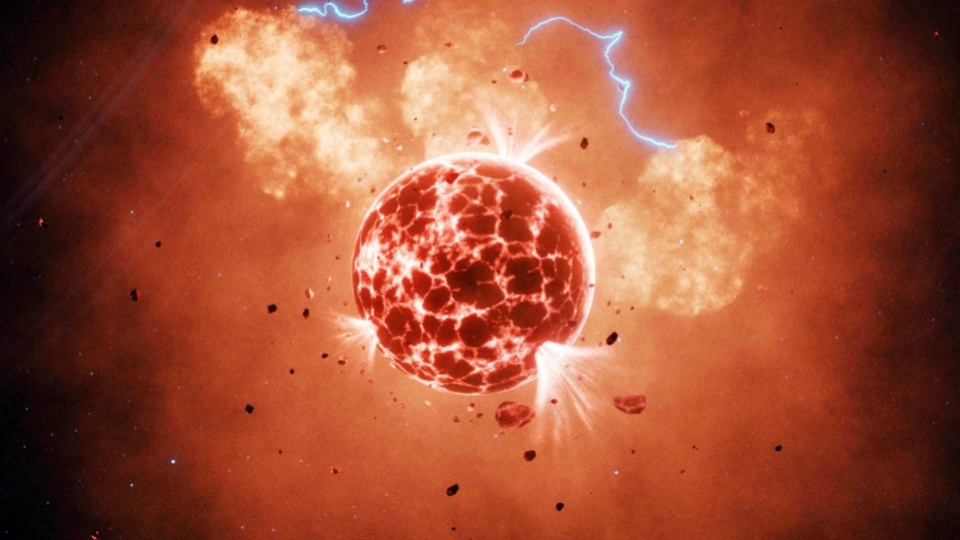In the early 2000s, the massive scientific return from the Sloan Digital Sky Survey made it clear that there are questions we can only answer by investing in systems that survey the sky and inventory everything visible. From learning about the distribution of galaxies by type to exploring the distribution of stars by age, that survey gave us a glimpse of just how much we don’t yet know. Apache Point hosts the Sloan Digital Sky Survey's telescope. Credit: SDSS The SDSS survey used a 2.5-m telescope to initially explore an 8,000 square degree area of the sky, and has since added new areas and...
